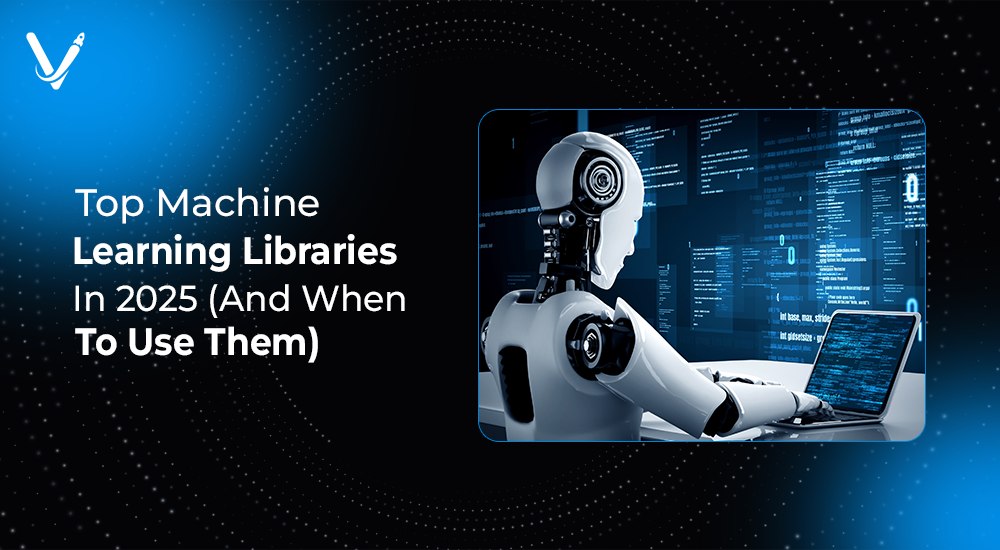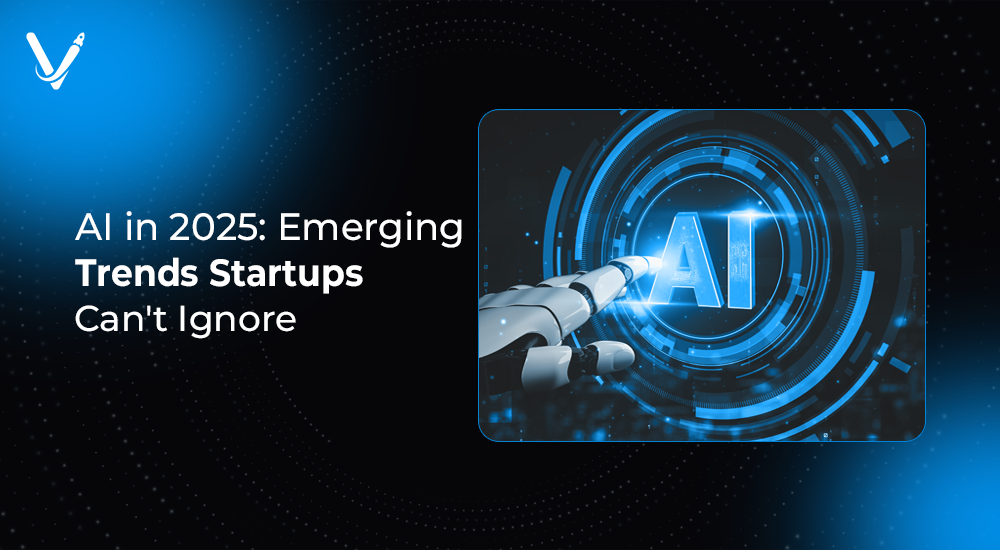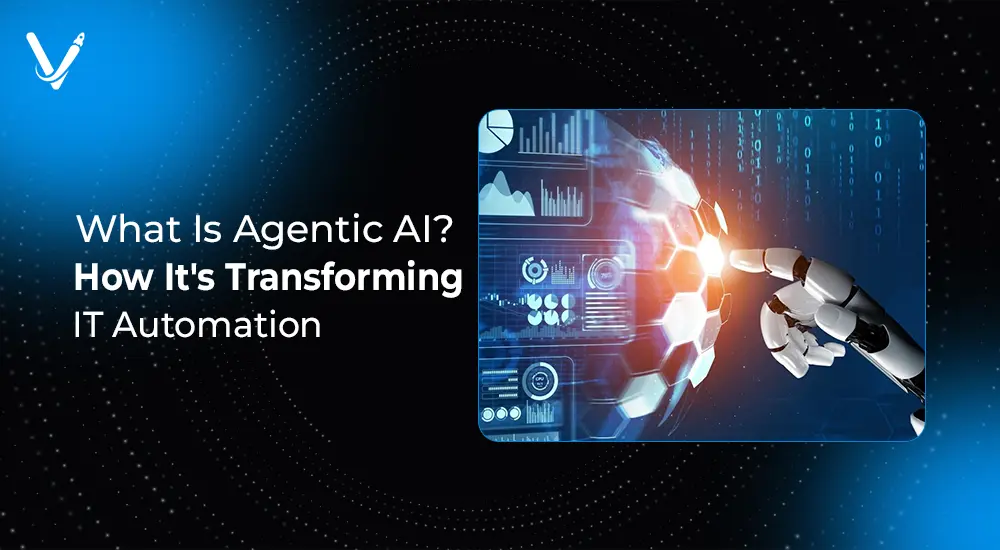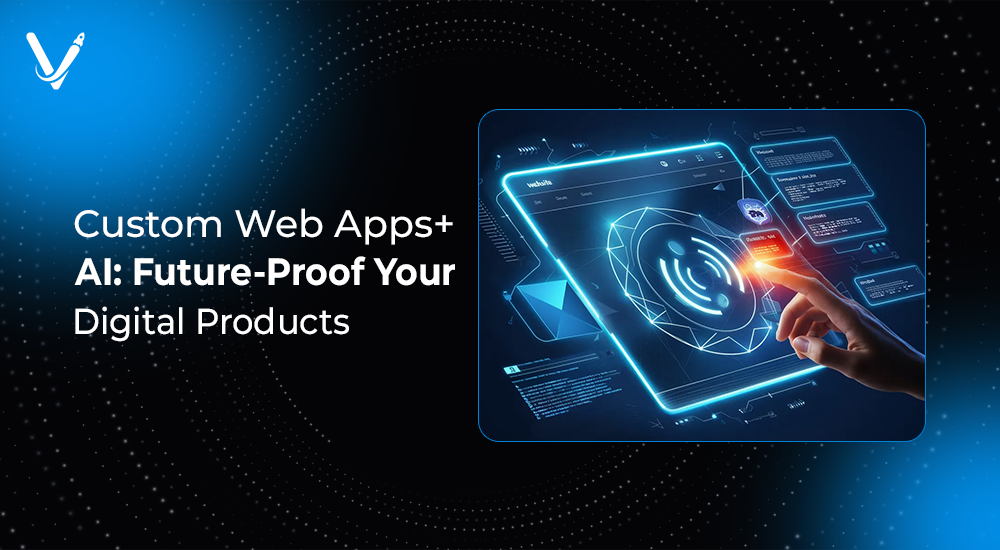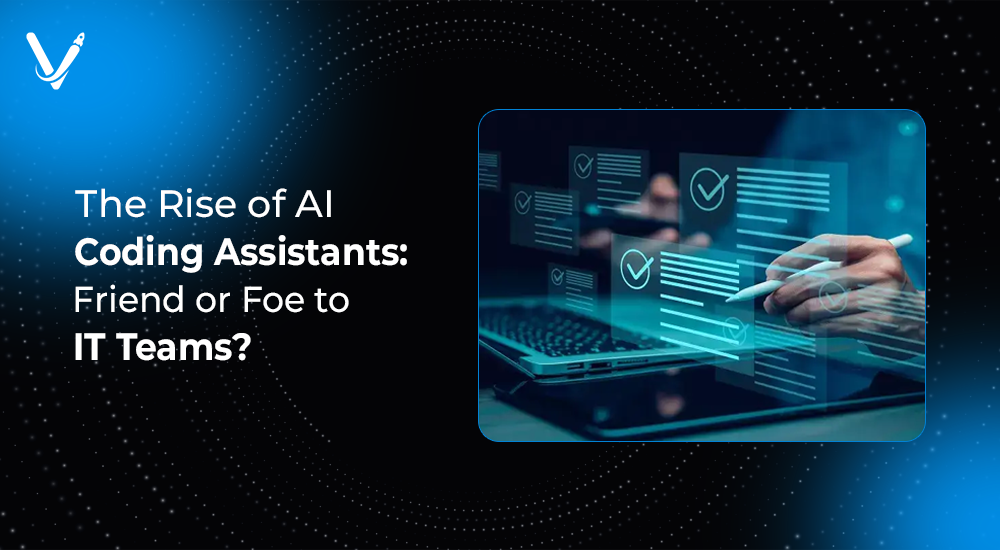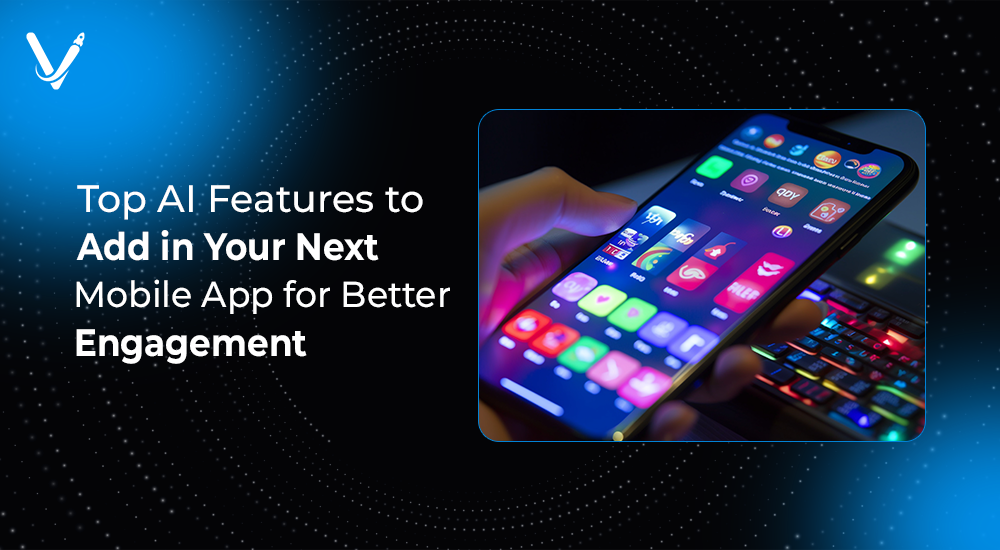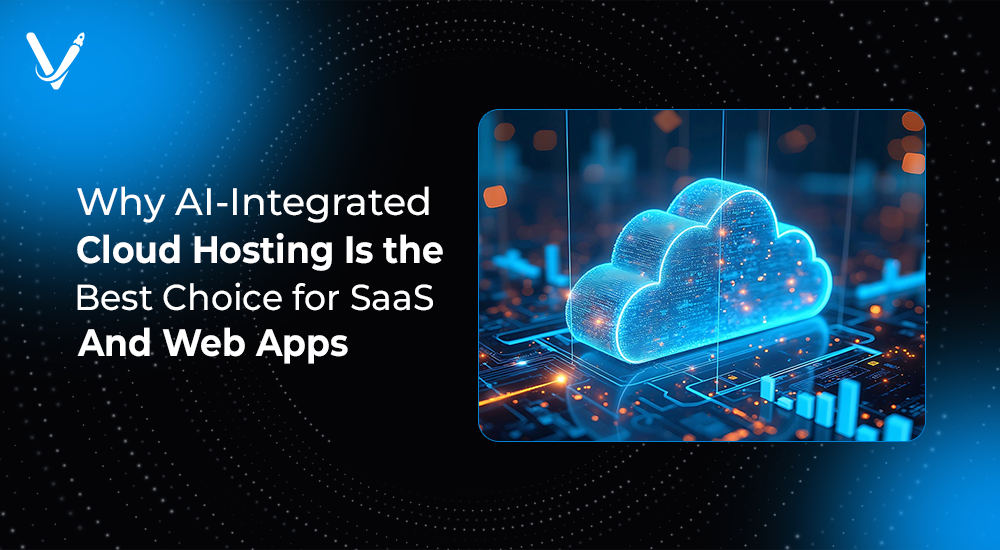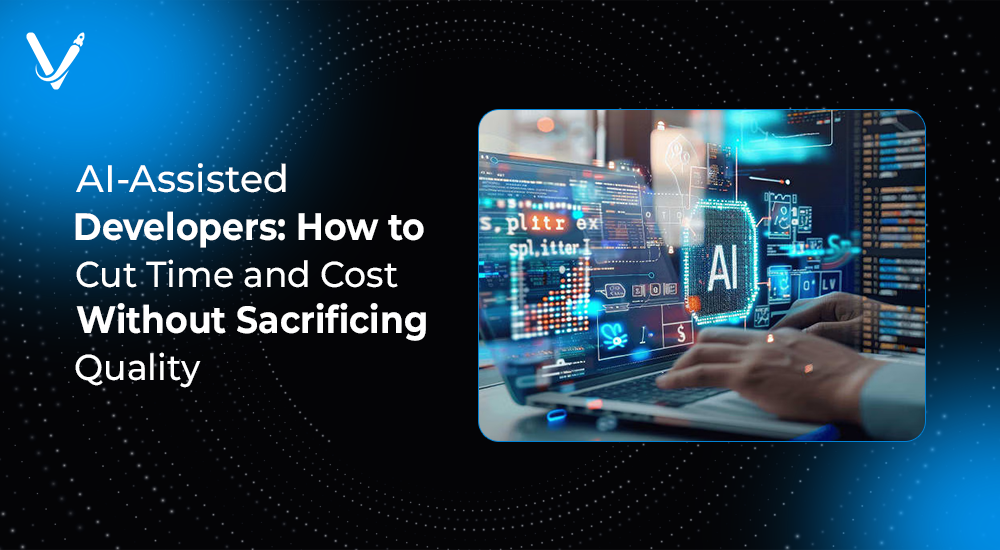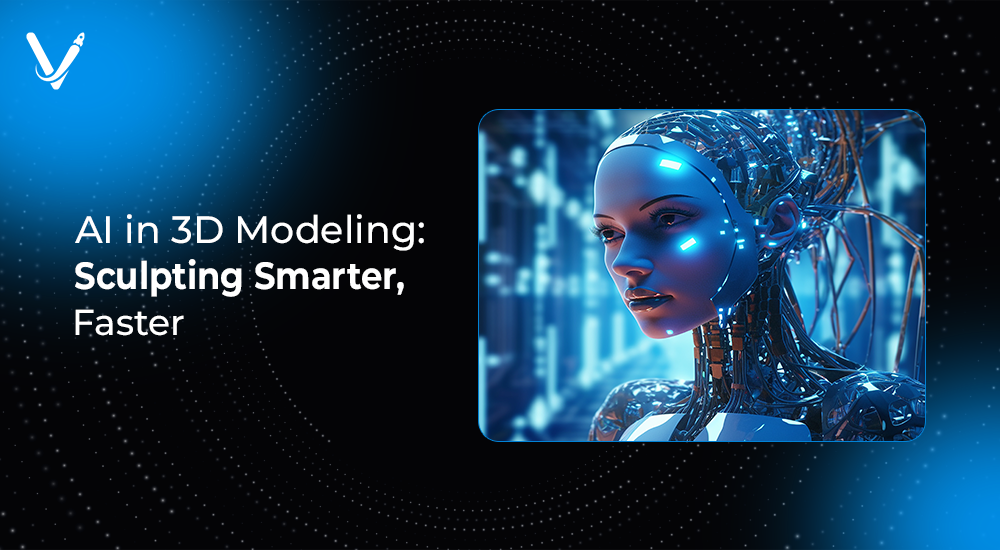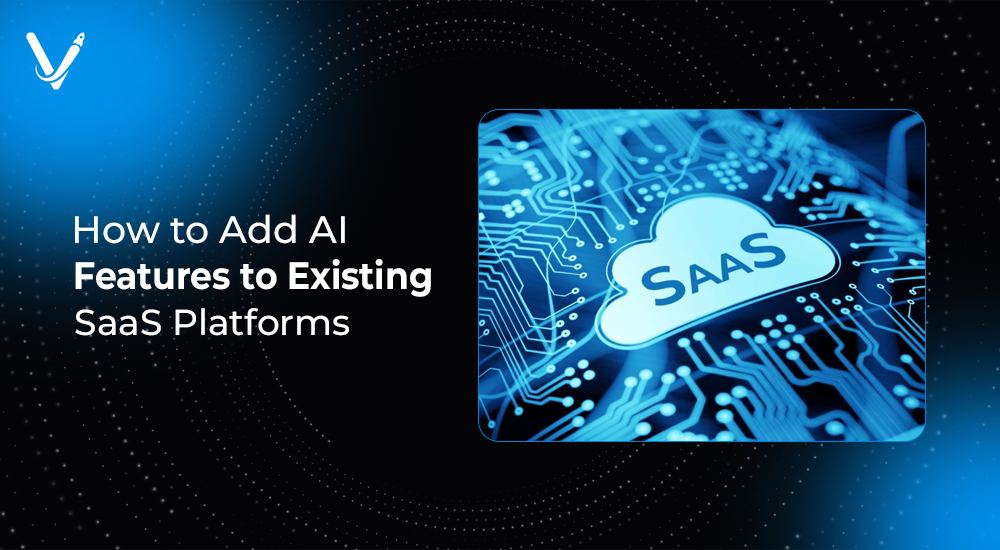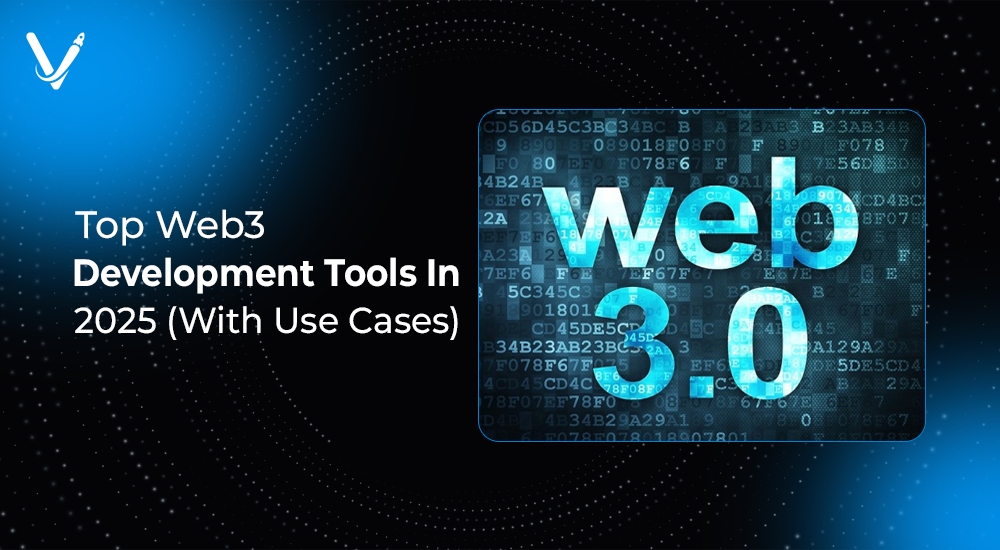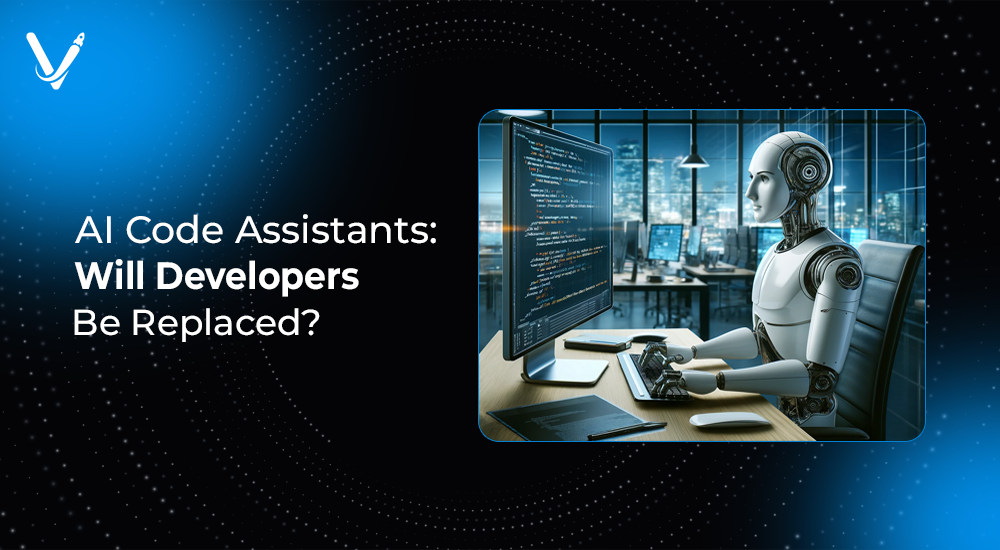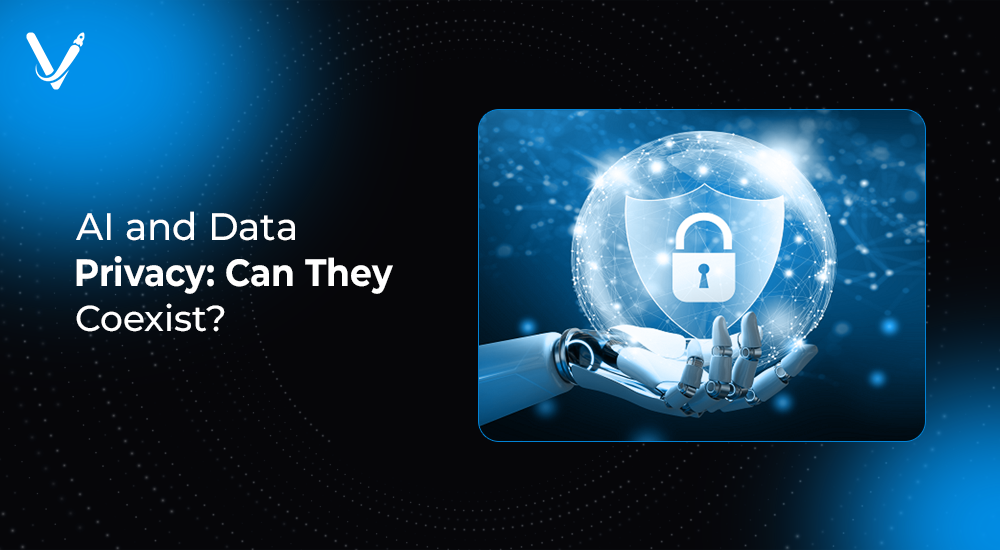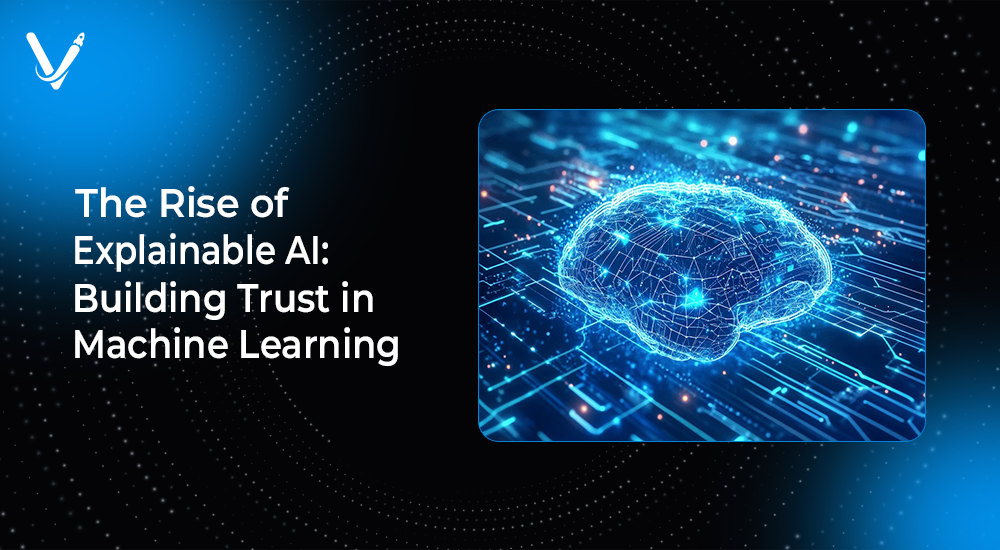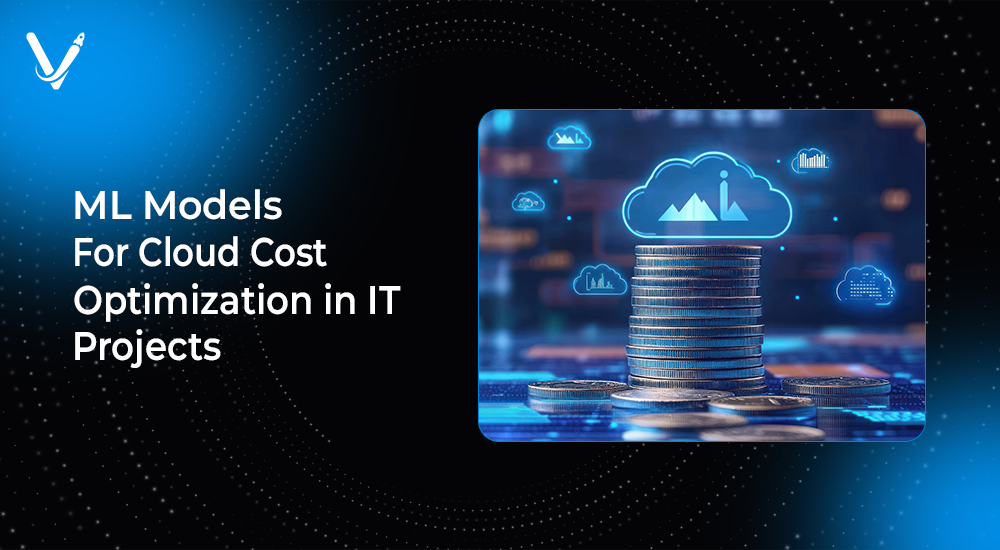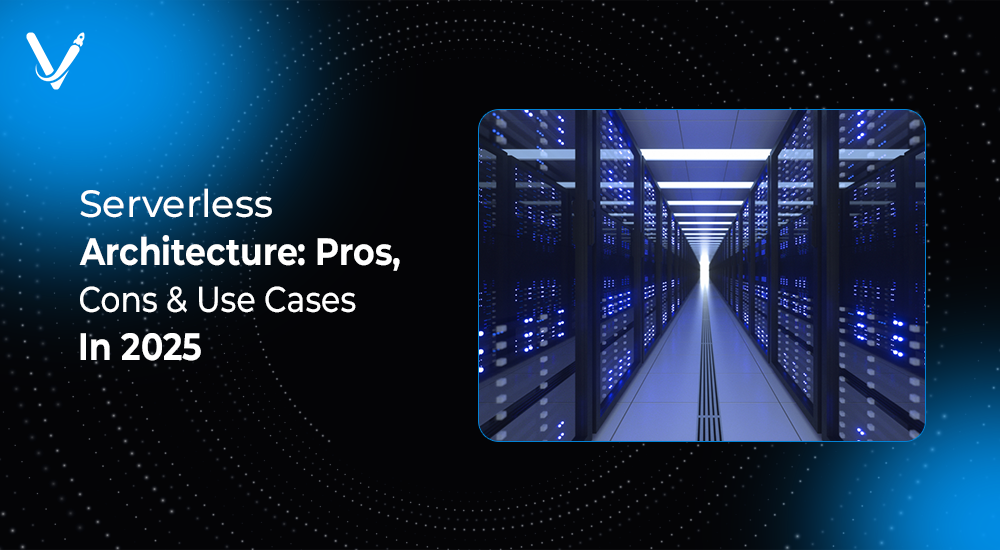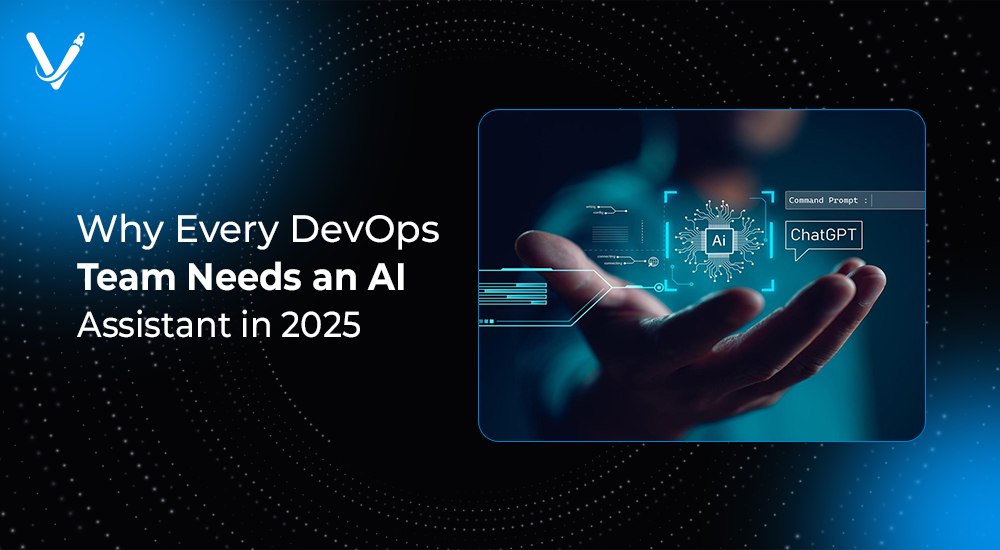AI + QA + DevOps: The New Power Trio for Software Excellence
 Chirag Pipaliya
Chirag PipaliyaJul 30, 2025
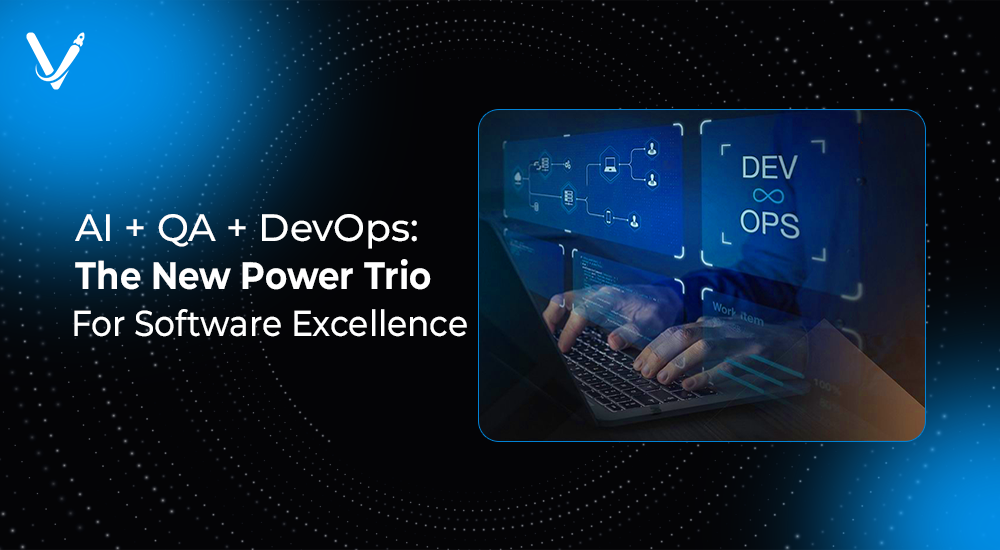
In a world where software must be faster, smarter, and bulletproof, the industry is undergoing a silent revolution. The convergence of AI, Quality Assurance (QA), and DevOps is creating a transformative force—reshaping how applications are developed, tested, and delivered.
These disciplines were once siloed. Developers built the code. QA teams tested it. Ops ensured it ran. Now, all three are fusing into a seamless, AI-augmented pipeline where quality is built-in, not bolted on.
This blog explores how AI is enhancing quality assurance, how QA and DevOps are collaborating more deeply than ever, and how this power trio is setting a new standard for software excellence. You’ll learn from real-world implementations, understand practical tools, and discover actionable strategies to build smarter, safer, and faster systems.
The Shifting Landscape: Why the Trio Matters Now
The Pressure to Deliver Faster and Better
Today’s users demand immediate updates, flawless experiences, and zero downtime. Yet, traditional development models crack under this pressure. Manual testing slows releases. Delayed feedback loops introduce bugs. Fragmented pipelines lead to miscommunication.
This new trifecta solves these issues by:
- Automating redundant QA tasks with AI
- Embedding testing within the CI/CD pipeline
- Using predictive analytics to identify and fix issues before they appear
The Cost of Not Evolving
- A 2024 report by Capgemini found that 57% of CIOs cite inefficient QA as the top cause of production bugs.
- According to IBM, the cost to fix a bug in production can be 100x more than during development.
- Companies using mature DevOps with AI integration ship software 46 times faster than those using traditional approaches.
In this climate, integrating AI + QA + DevOps isn’t a luxury—it’s a survival strategy.
Breaking Down the Trio: What Each Brings to the Table
Artificial Intelligence: The Brain of Modern Software Pipelines
AI in software development isn’t about building the product. It’s about enabling smarter decisions throughout the lifecycle.
Core AI contributions include:
- Test case generation using machine learning models trained on user flows
- Root cause analysis via log pattern recognition and anomaly detection
- Predictive maintenance for infrastructure and codebases
- Smart code reviews and pull request triaging
AI adds context, speed, and precision across QA and DevOps stages.
Quality Assurance: The Shield of Reliability
QA ensures software works as intended. But in modern pipelines, it's evolving beyond manual test scripts.
Modern QA responsibilities include:
- Test automation engineering using frameworks like Cypress, Playwright, and Selenium
- Shift-left testing to catch bugs early in development
- Monitoring user behavior to inform future tests
- Security testing embedded into release pipelines
With AI integration, QA becomes predictive, not just reactive.
DevOps: The Engine of Speed and Stability
DevOps isn’t just about continuous integration and delivery—it’s a cultural and technical mindset.
Core DevOps principles include:
- Automation of deployments, testing, and monitoring
- Feedback loops between developers, testers, and operations
- Infrastructure as code (IaC) to provision environments on demand
- Observability to detect and fix issues in real time
When QA and AI plug into DevOps, release velocity increases without sacrificing stability.
AI-Powered QA: Testing Gets Smarter
Self-Healing Tests
One of the most frustrating aspects of test automation is brittle test scripts. A minor UI change can break dozens of test cases.
AI-powered tools like Testim and Functionize automatically detect changes in element IDs, DOM structures, or flows—and update scripts on the fly.
Benefits:
- Reduced manual test maintenance
- Increased test reliability across releases
- Faster CI/CD pipelines
Test Case Prioritization with Machine Learning
Not all test cases need to run every time. AI models can analyze historical test data to determine:
- Which tests fail most often
- Which code areas are most volatile
- Which paths are most used by real users
Tools like Launchable and Applitools help prioritize and run the most impactful tests first, reducing execution time without risking coverage.
Visual and Exploratory Testing with AI
Visual AI compares entire application UIs across versions to detect layout shifts, color issues, or rendering bugs.
Exploratory AI can simulate random user interactions and detect unexpected behavior.
- Percy, Applitools, and Reflect are leaders in visual testing
- AI bots mimic user flows and report anomalies for further inspection
These capabilities drastically reduce regression and visual bugs in production.
DevOps Gets a Boost with AI and QA Insights
Predictive Incident Management
DevOps teams traditionally rely on logs, alerts, and monitoring dashboards. But AI can now predict incidents before they occur.
Platforms like PagerDuty and Moogsoft use machine learning to:
- Detect patterns in error logs
- Correlate across systems
- Forecast likely failures
This helps SREs (Site Reliability Engineers) prevent outages and respond faster.
AI in CI/CD Pipelines
CI/CD tools like CircleCI, GitLab, and Jenkins now support plugins for:
- Automated test prioritization
- Smart canary deployment logic
- Auto rollback based on anomaly detection
The result is a pipeline that adapts to risks in real time.
Intelligent Rollouts and Feature Flags
Tools like LaunchDarkly allow AI to guide feature rollout strategies:
- Gradually release features to user cohorts
- Monitor for anomalies in usage or errors
- Auto-disable features causing regressions
This improves risk-managed continuous delivery.
Real-World Success Stories
Microsoft: AI + QA + DevOps in Azure
Microsoft’s Azure team integrated machine learning models into their QA and deployment pipeline.
Results:
- Reduced false positives in testing by 24%
- Spotted deployment risks 2 hours earlier
- Cut downtime by 58% in six months
The synergy allowed Azure to scale globally with minimal outages.
Netflix: Chaos Engineering Meets AI
Netflix combines AI with chaos testing to simulate and prevent infrastructure failures.
Their system:
- Injects controlled faults
- Observes AI-inferred impacts
- Fine-tunes resiliency strategies automatically
This approach has made Netflix one of the most reliable streaming platforms despite high complexity.
Etsy: Shipping Quality at Speed
Etsy introduced AI-powered anomaly detection in their deployment pipeline.
- CI/CD triggers rollbacks when anomalies are spotted
- Machine learning models analyze metrics like conversion rate or checkout latency
- Teams are alerted instantly, with root cause recommendations
Etsy now deploys up to 50 times a day without sacrificing quality.
Tools Powering the New Power Trio
Here’s a quick look at the top tools fueling AI, QA, and DevOps convergence:
AI Tools
- GitHub Copilot (code suggestions)
- Launchable (ML-powered test selection)
- AIOps platforms: Moogsoft, BigPanda, PagerDuty
QA Automation Tools
- Playwright and Cypress (test automation)
- Testim, Mabl, Functionize (AI test maintenance)
- Applitools, Percy (visual testing)
DevOps Tools
- Jenkins, GitLab, CircleCI (CI/CD)
- Terraform, Ansible (Infrastructure as Code)
- Datadog, New Relic, Prometheus (observability)
The magic happens not when these tools operate in silos, but when they integrate to support shared goals.
Building the Power Trio into Your Workflow
Step 1: Start With Observability
You can’t improve what you can’t measure.
- Set up dashboards and alerts using Datadog or Grafana
- Identify trends and weak points using AI-powered analytics
Start by understanding how your code behaves across environments.
Step 2: Shift QA Left and Right
- Write unit and integration tests early in development
- Automate visual and performance testing in staging
- Monitor and test user behavior post-deployment
This 360-degree QA strategy ensures quality throughout the lifecycle.
Step 3: Introduce AI Gradually
- Start with test prioritization in CI
- Add anomaly detection to infrastructure monitoring
- Expand to AI code reviews or security scanning
Each step reduces manual overhead and enhances insights.
Step 4: Build a Culture of Collaboration
The trio works best when devs, testers, and ops share ownership of quality.
- Pair QA with DevOps in standups and retros
- Use shared dashboards to visualize pipeline health
- Celebrate defect prevention, not just feature delivery
The Future of AI + QA + DevOps
Predictive Development Pipelines
AI will soon suggest:
- Which features to build based on user behavior
- What tests to run based on code diffs
- Optimal deployment windows based on traffic and system load
Fully Autonomous Testing Agents
Imagine bots that write, update, and execute tests as features evolve.
- GPT-based models generate test logic
- Reinforcement learning improves coverage over time
- QA becomes less about writing scripts, more about tuning policies
AI-Powered Governance
Compliance and security checks will be automated by policies enforced through AI agents, reducing manual review and improving auditability.
Final Thoughts: Embrace the Trio, Unlock Excellence
Software today demands speed, scale, and safety. The convergence of AI, QA, and DevOps meets this demand like never before.
- AI injects intelligence into every phase
- QA ensures resilience and trust
- DevOps delivers automation and speed
Together, they form a self-correcting, self-improving engine for software excellence.
At Vasundhara Infotech, we help businesses build this trifecta into their software DNA. Whether you need help integrating AI tools, optimizing your QA strategy, or modernizing your DevOps pipelines—we bring the expertise to future-proof your product.
Let’s build smarter, faster, and better—together.







